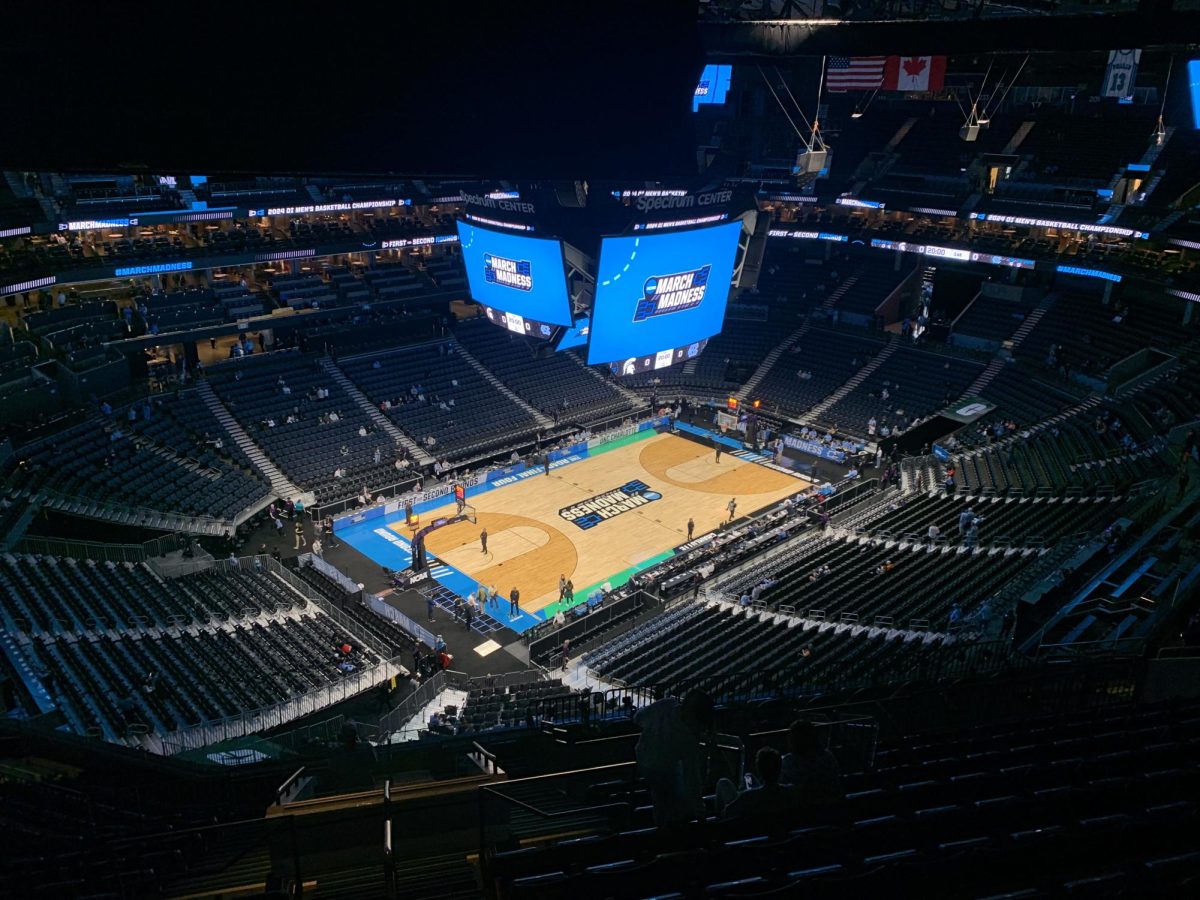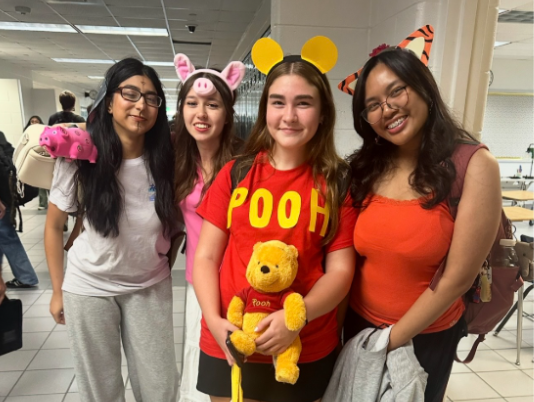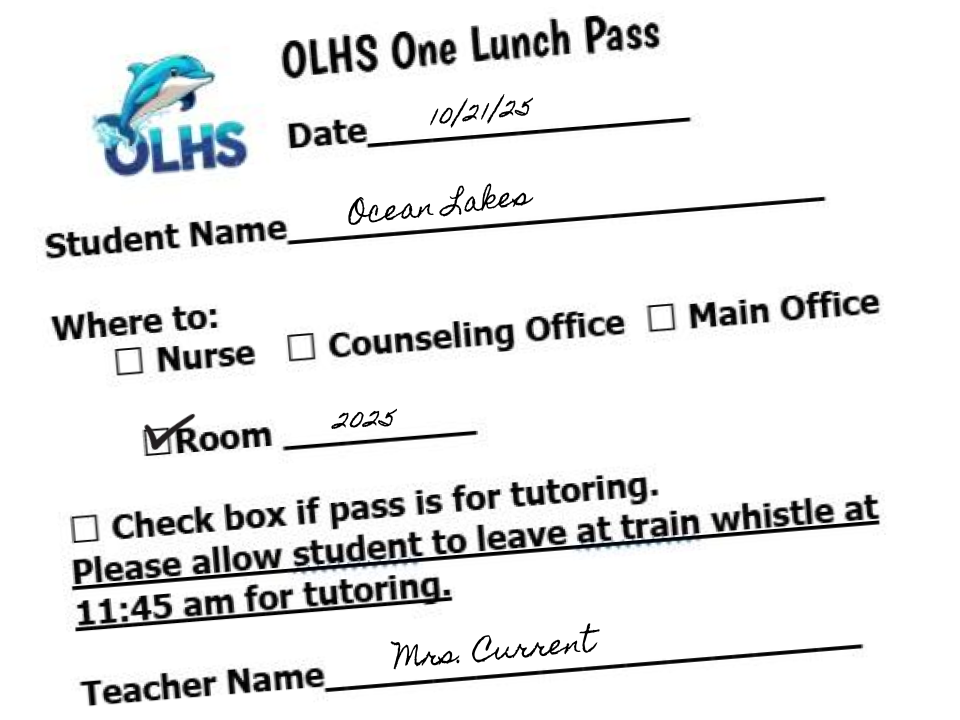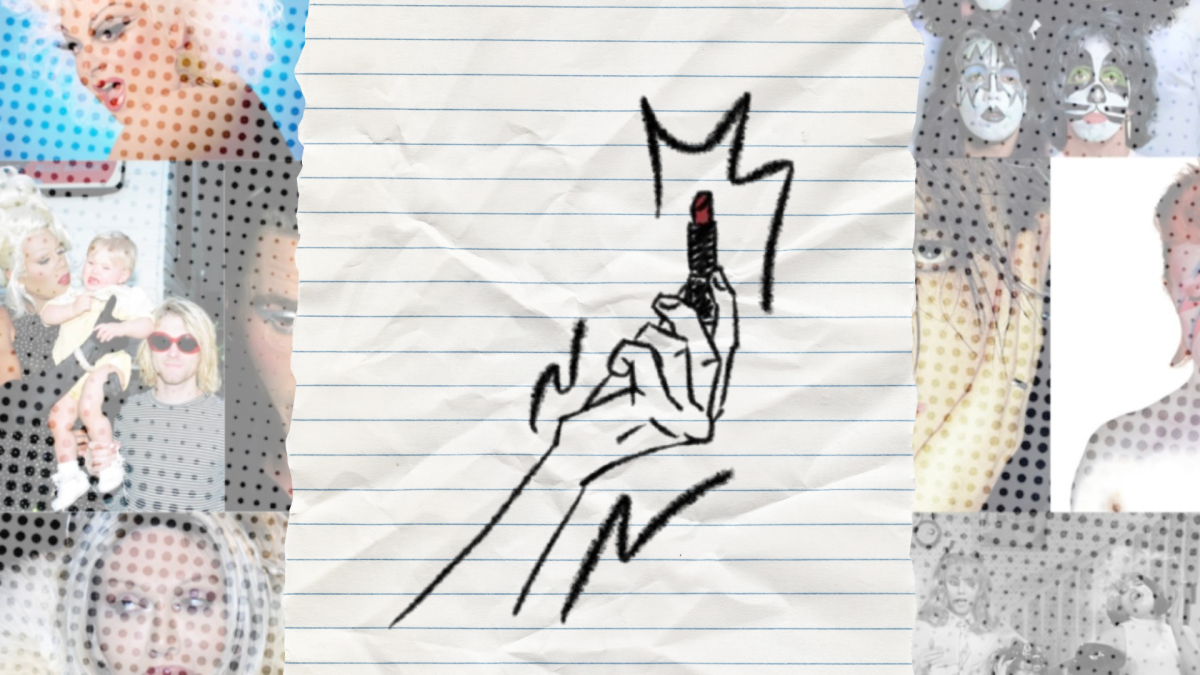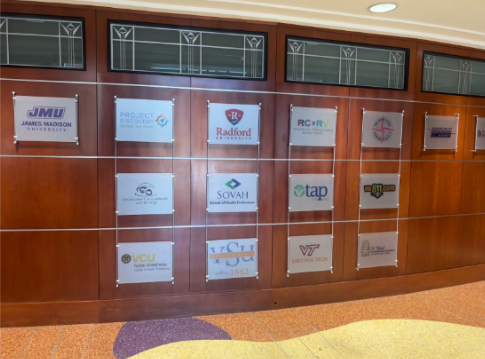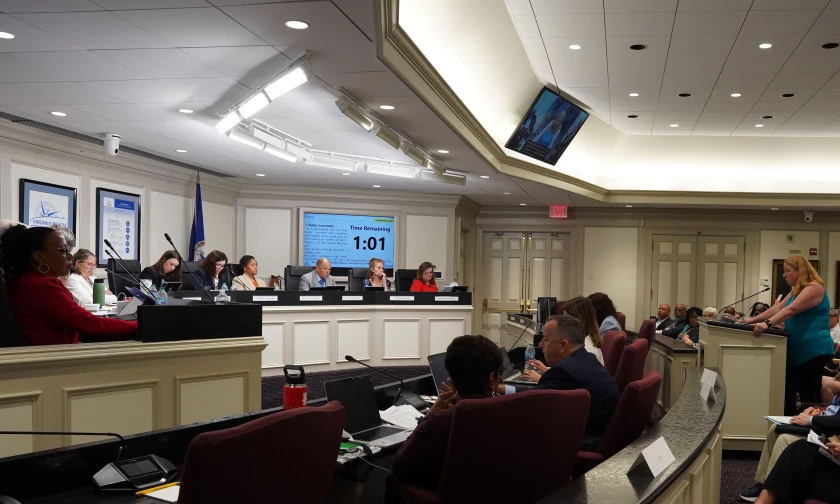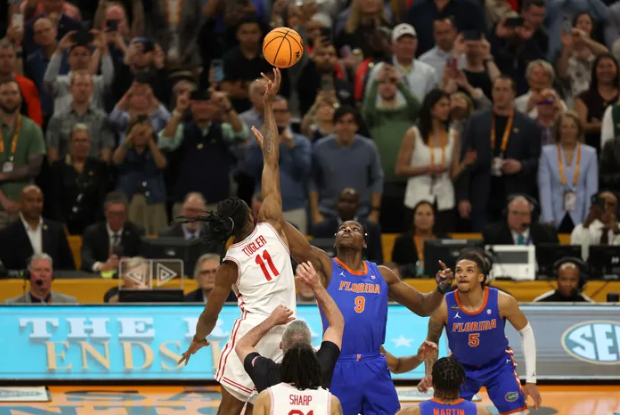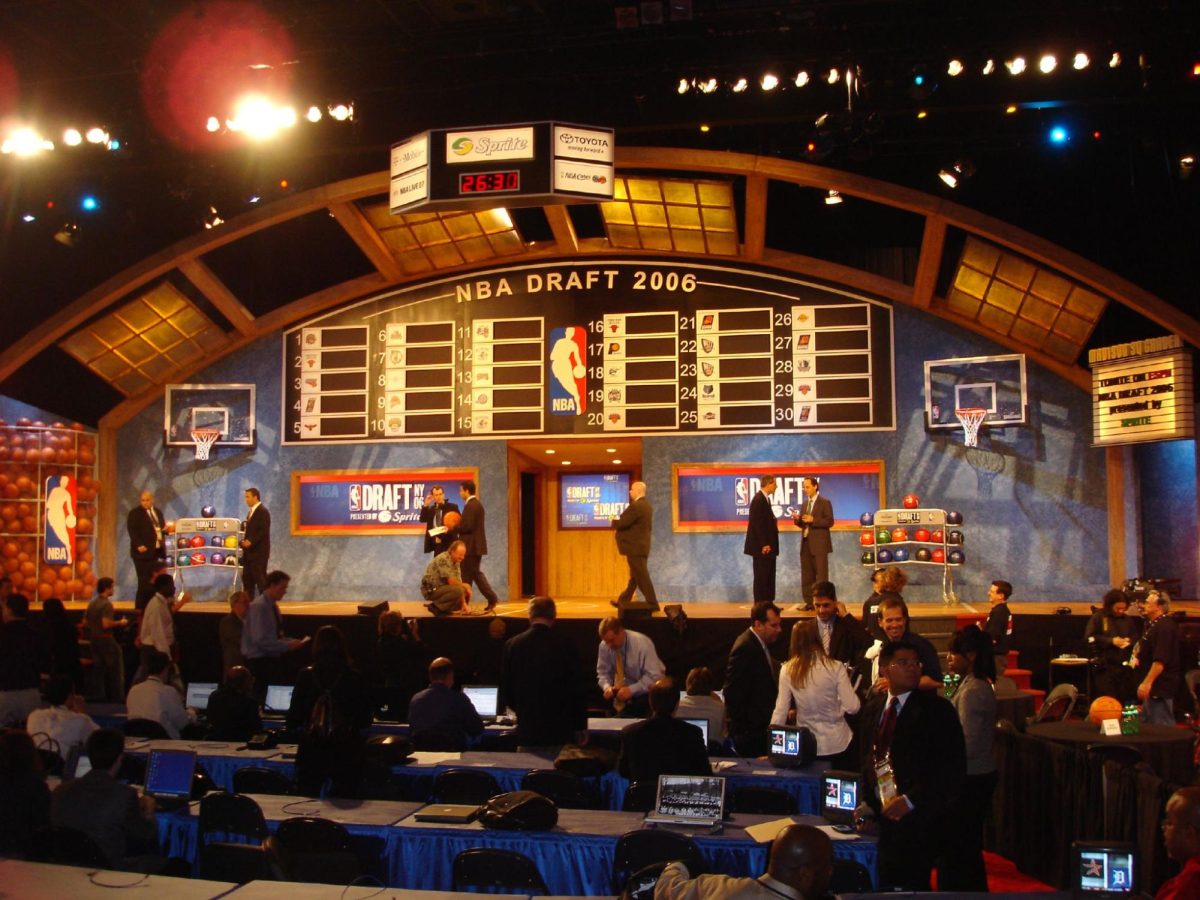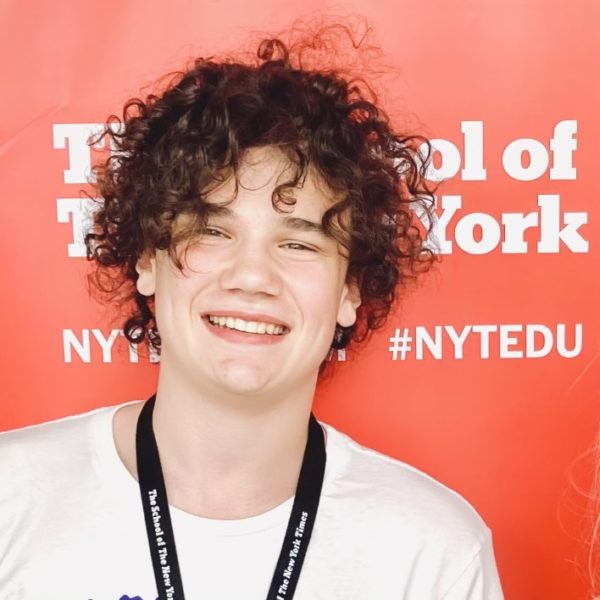College athletes are no longer amateurs. The NCAA recently announced a settlement, along with its “Power Five” conferences, that creates a new revenue-sharing model in college sports.
The details of the settlement pave the way for colleges and universities throughout the nation to treat their athletes as employees from here on out.
This settlement comes on the heels of a series of lawsuits, beginning with the Dartmouth men’s basketball team’s suit for employee status, wherein the National Labor Review Board ruled that the team did meet the criteria to be employees of the university.
Facing possible antitrust violations, labor exploitation claims and numerous other forms of legal pressure, the settlement ruled that over the next 10 years, the NCAA will pay out more than $2.7 billion dollars to college athletes from 2016 and on who were prevented from profiting off of their name, image and likeness (NIL), according to News Nation.
More importantly, the settlement creates a new compensation model that mandates schools set aside $21 million per year to give to athletes across all sports.
This creates numerous difficulties that could throw a massive wrench into the well-established, storied traditions of college sports. It is unknown how money will be split between sports and between genders.
One thing should be made clear. College athletes have long been exploited, working long hours with little compensation aside from an education that they do not get to take full advantage of. However, the new model of NIL allows students to make money based on their likeness, creating an effective balance in the world of amateur athletics. Those who bring in exorbitant sums of money to their universities, or are nationally known as future pro athletes, like Caitlin Clark, Caleb Williams and Rob Dillingham, will profit accordingly. On the other hand, athletes at local D2 schools or those who play sports with less media attention, who are likely willingly playing as a means of getting a higher education, make very little from NIL.
Under the new regulations, schools will directly pay their athletes, further disincentivizing their education, which should be the primary concern of universities and the bodies that govern them.
Additionally, in highly televised sports, the gap between top and bottom-tier teams is already significant. Starting in 2025, top schools will have an even greater advantage. Because they consistently bring in more revenue, programs like Alabama football, Kansas basketball and Vanderbilt baseball will fare even better against the competition. Great American traditions like the Rose Bowl, March Madness, and the College World Series are being threatened.

